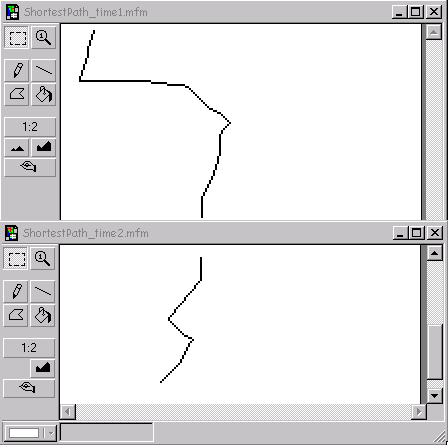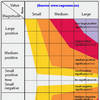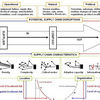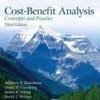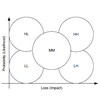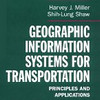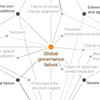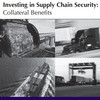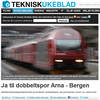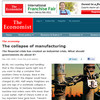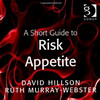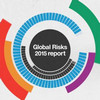Creating proximity surfaces for path(s) in time interval 2 and adding these together yield the shortest path(s) through time interval 2.
SpreadFromCutoff1_Time2 = Spread Cutoff_Point1
To 600
In costoftravel_time2
Outof direction
;
SpreadFromCutoff2_Time2 = Spread Cutoff_Point2
To 600
In costoftravel_time2
Outof direction
;
SpreadFromCutoff3_Time2 = Spread Cutoff_Point3
To 600
In costoftravel_time2
Outof direction
;
SpreadFromCutoff4_Time2 = Spread Cutoff_Point4
To 600
In costoftravel_time2
Outof direction
;
SpreadFromStop_Time2 = Spread stopTo 600
In costoftravel_time2
Outof direction
;
ShortestPath1_InNetwork_time2 =
SpreadFromCutoff1_Time2 + SpreadFromStop_Time2
;
ShortestPath2_InNetwork_time2
= SpreadFromCutoff2_Time2 + SpreadFromStop_Time2
;
…

